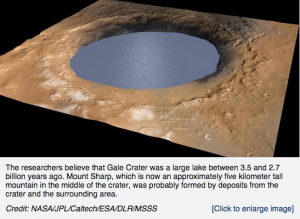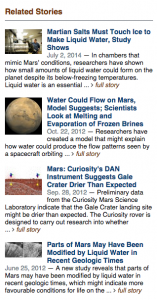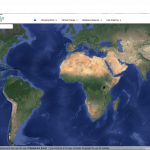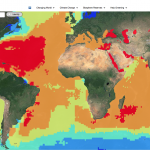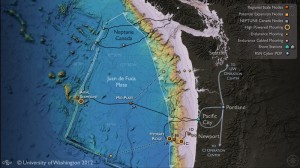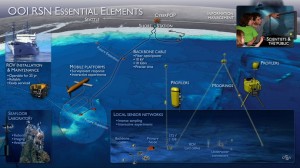Researchers from Penn. State University have discovered a new geological source for strong earthquakes known as “diking”. Diking can be found all over the globe, but it is a phenomenon that is primarily focused along divergent plate boundaries (e.g. East Africa’s Great Rift Valley). This phenomenon occurs when magma rises from diverging plate boundaries in order to fill empty spaces. The magma then proceeds to cool and form vertical intrusions known as dikes. Although diking is a known phenomenon, “it has not been observed by geophysical techniques…”.
Penn State researchers led a study that explored the connection between two natural disasters that occurred in the Democratic Republic of Congo in 2002. Chrsitelle Wauthier, the assistant professor of Geosciences at Penn. State, led the study in East Africa. The research team studied the eruption of the Nyiragongo Volcano on January 17th, killing over 100 and leaving around 100,000 homeless, and 6.2 magnitude earthquake which hit the town of Kalehe 8 months later.
Although the research team understood that the entrance of magma to the Earth’s crust creates stress and generates seismicity, they were still perplexed by the magnitude of the earthquake that hit Kalehe after the eruption of Nyiragongo. Earthquakes created by the entrance of magma to the Earth’s crust are usually small in magnitude, but the earthquake that hit Kalehe was quite high.
The research team therefore concluded that the rising magma that created dikes were putting pressure on adjacent rocks in the Earth’s crust. The increased pressure of these adjacent rocks accumulated stress upon rocks found on a fault in Kalehe. Therefore, the research team discovered that dikes have the potential to trigger much larger earthquakes than previously believed.
Source: https://www.sciencedaily.com/releases/2016/02/160208124248.htm

